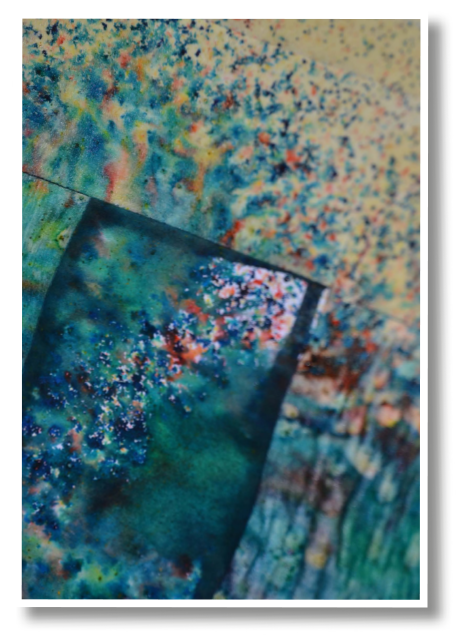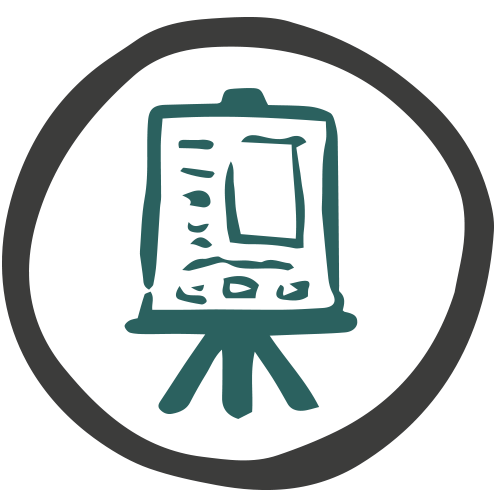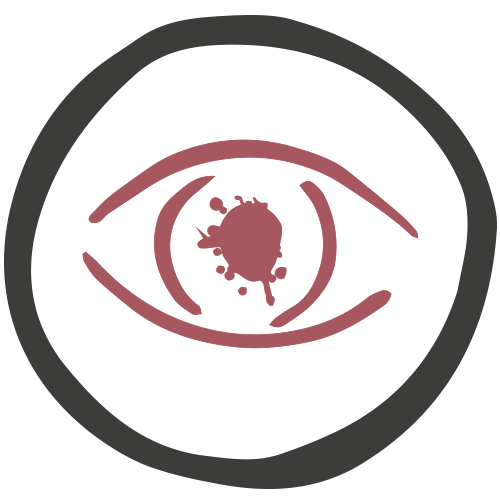Working along side the art teacher at a Pupil Referral Unit (PRU) in Northern England this project engaged with 9 young people in weekly sessions over eight weeks. We worked creatively with their energy, encouraging them to find ways to express themselves by offering materials and techniques for making artefacts that might enable new forms of expression.
Education with vulnerable young people requires different approaches that can re-imagine challenging behaviour. We needed to develop pedagogic approaches that recognise the extra psychic work required when young people have been traumatised by life’s events. When effort is required to shore up the world against pain there is less mental space for academic work.
Vulnerable children often do not feel safe in the world. And when children and young people have grown up with many adverse experiences, they can sometimes become traumatised. In schools a very simple event can re-trigger the extreme fear, anxiety or loss of control that is part of trauma. Sometimes an outburst or ‘melt-down’ can occur.
An outburst is one kind of challenging behaviour, others might render a child or young person speechless. These defences aim to save the child from pain yet, at the same time, often isolate them from the social world. These can be very frightening events to witness. While teachers often feel a responsibility to control or close down the outburst there are, there are many productive approaches that work with and not against the challenging behaviour.
This short video from artswork shows the impact that creativity can have on young people’s lives.
![]()
It is, sometimes, possible to work with strong energy and redirect it creatively enabling a form of expression that could reconnect a vulnerable child to the social world.
WORKING WITH ENERGY CREATIVELY
Jay [pseudonym] had just had a complete melt down. He was exhausted and when he came back into the classroom he seemed to be in a fog, as if not connected to the world in front of him. He could not fully pay attention to what the teacher was asking him to do.
We cover the desk with newspapers and laid out a piece of watercolour paper (which is more absorbent than ordinary paper). We had pots of crystal paint in many colours. Crystal paint is a powder paint that creates unpredictable and beautiful effects when it comes in contact with water.
We chose Jay’s favourite colour and sprinkled crystal paint onto the paper…then we took a paint brush, dipped it into water and spattered it across the paper.
As the water met the crystal, an explosion of colour emerged. Jay’s attention was drawn to the moving paint. As the crystals came in contact with water the paint swirled outward transforming from, what seemed like a dark spot of powder, into flowing eddies of colour. Jay seemed to be mesmerised by the beauty of the effects and asked if he could have a go.
We gave Jay a paint brush and paper. He started to create. As he did so, he gradually became more calm and engrossed in the effects of the paint.

1: The force of an outburst is translated into the movement of paint.
2: Jay starts to create
3: Jay continued to experiment with the crystal paint and chose a template that we had created of various figures. He made a picture of a turtle swimming in the sea. Maybe this illustrates the course of his emotional journey over the one-hour lesson.
![]()
The characteristics of crystal paint create abstract patterns which give children and young people plenty of room to use their imaginations to express feelings.
![]()
1. Another young person, Hayley, told us that in her picture, she saw lots of different emotions.
2. In this section of her painting she pointed to ‘death, anger, sadness, frustration, evil and despair’.
3. In this section she pointed out happiness, love and friendship.

The crystal paint activity is just one example of our creative engagements with young people.
Over the course of six workshops we used lots of materials and methods to enable creative expression…
The Cabinet of Curiosity
The plan for the first workshop was to create a ‘cabinet of curiosity’ to depict different emotions. Using cardboard, scissors, paint, tissue paper, magazines, fabric, small plastic and natural objects the young people were invited to represent four emotions in sections of the box. The completed curios were curated by the young people and arranged in a cabinet. The arrangement opened up a space to consider how those emotions were related and unrelated. We found that designing the cabinet also provided a mode of expression for young people. One boy was able to express his desire for clear boundaries and straight lines by dividing up the spaces into equal sections.


Masking our feelings
In this session we put the artefacts and images created in the first two sessions to work. We used the materials that had been selected to represent emotions to build a body. We added materials such as song lyrics and the symbols and stuck them onto large body forms. The body forms were created by drawing round a boy’s body as he lay on a large piece of paper. All of these materials transformed in to a body form collage. Next, using coloured pens, we inscribed blank masks with our symbols.
Make your own masks following the DIY activity, Masking Emotions.
Filming feelings
We mobilised in this session! Young people went out to explore the material fabric of the school, the buildings and the grounds. Using Go-Pro and video cameras they took pictures and footage of objects and places that caught their interest or felt meaningful. This footage was used to reflection on experiences of schooling and as a way to look at the familiar space of the school grounds differently. We then, collaboratively, edited the footage into short films for use in the next session…
Same school, different place
In this workshop we created storyboards for short films, populated with the characters we had developed over the preceding sessions. We used the footage from the school grounds to develop the themes. We were able to reimagine and reframe features of the school’s buildings in new and interesting ways. Focusing on grills, grids, pieces of graffiti, dark cupboards, locked doors and pipes to create gothic re-imaginings of the school. Finally we added a soundtrack with a horror ambience.

Our secret language
In this session the young people choose signs, logos, motifs (such as Maori and Celtic symbols) as well as pictures of tattoos and coats of arms that felt meaningful in some way. We then imagined this system of signs as a secret language of emotions. Once the symbols had been selected we carved them in to lino boards. The completed designs were then printed on to colourful paper.
Super-abilities
In the final session we drew together the threads of the previous workshops adding one final ingredient, super-powers!
Working with each young person in turn we explored aspects of their behaviour that were deemed challenging or fell within the realms of disability. Then we re-imagined them, instead, as a super-ability - a different way of paying attention to the world!

“Finding a way to express themselves enables a passage to be built that could reconnect a vulnerable child to the social world. Children often express themselves through the freedom of choosing an object or a colour. We see this in their fashion, music tastes, favourite colours etc. Teachers can pay close attention to, for example, what a child’s favourite colour is and use this in activities”. Professor Ivinson
![]()
To understand more about the young people’s energy this creates and how to work with this energy creatively, view the film “Re-imagining play’ that was made in an alternative school with Mr Forbes the art teachers, Professor Gabrielle Ivinson, Dr Mark Sackville-Ford and film maker Matt. You can find a film about this project here.
![]()
The Tate museum have interesting resources on mask making here
The Brooklyn museum hosted an exhibition where 25 contemporary artists engage with masks and global art
David Henry Nobody Jr is an artist and instagrammer who makes elaborate masks. Watch a video about his work here
![]()










